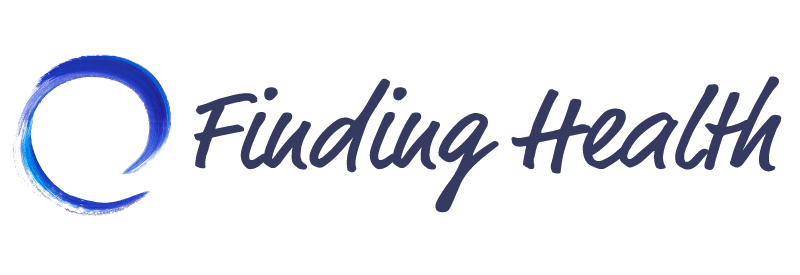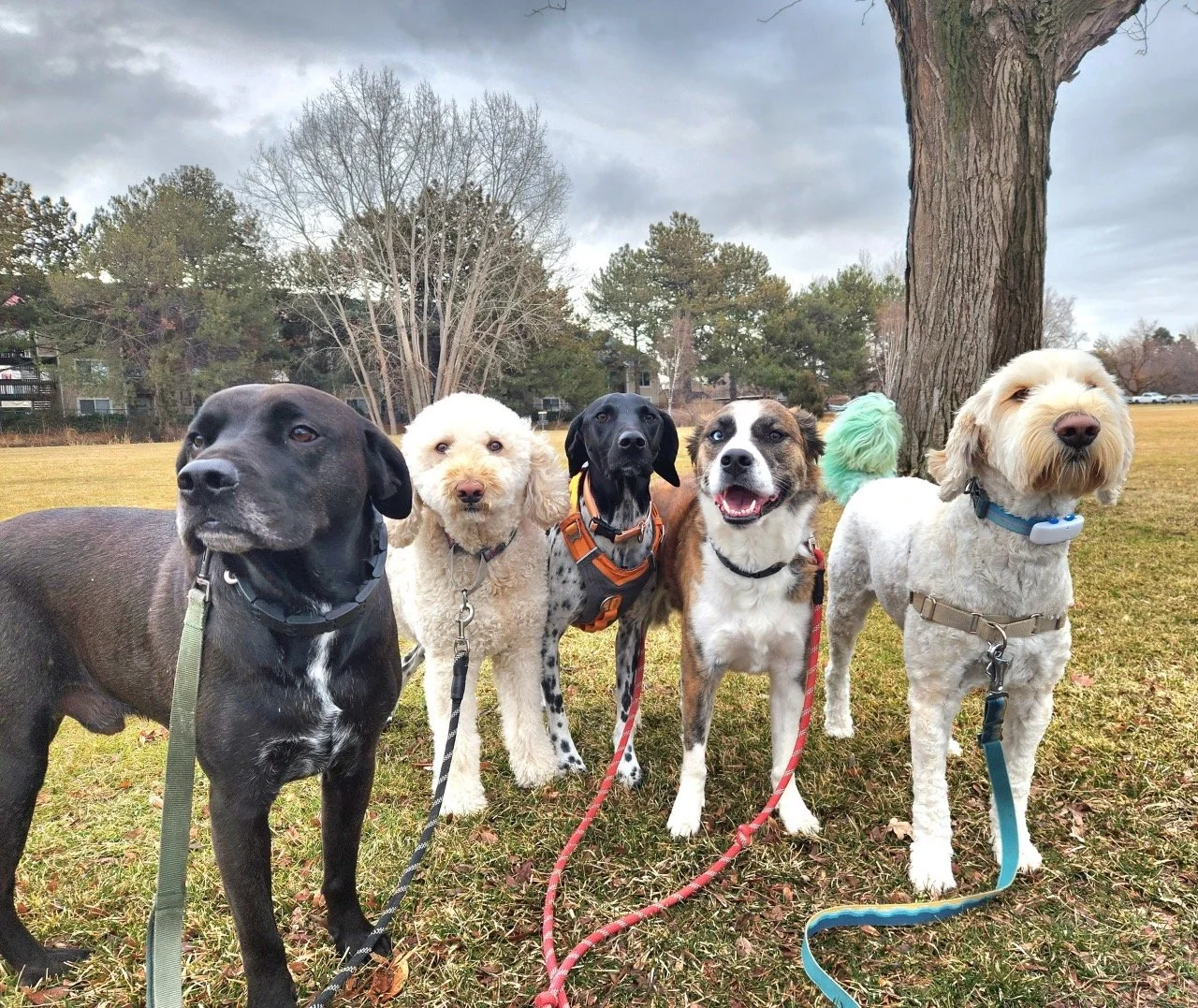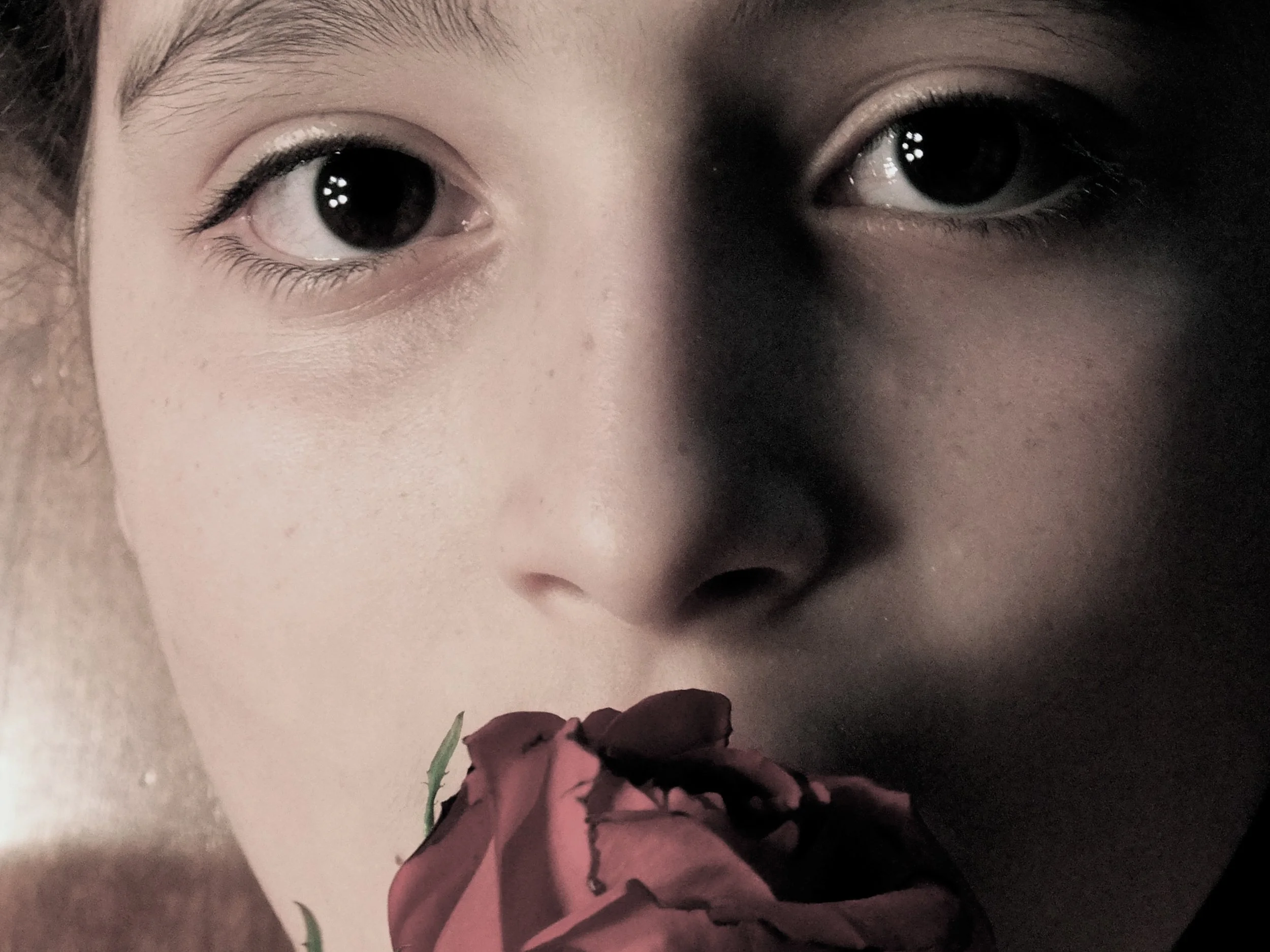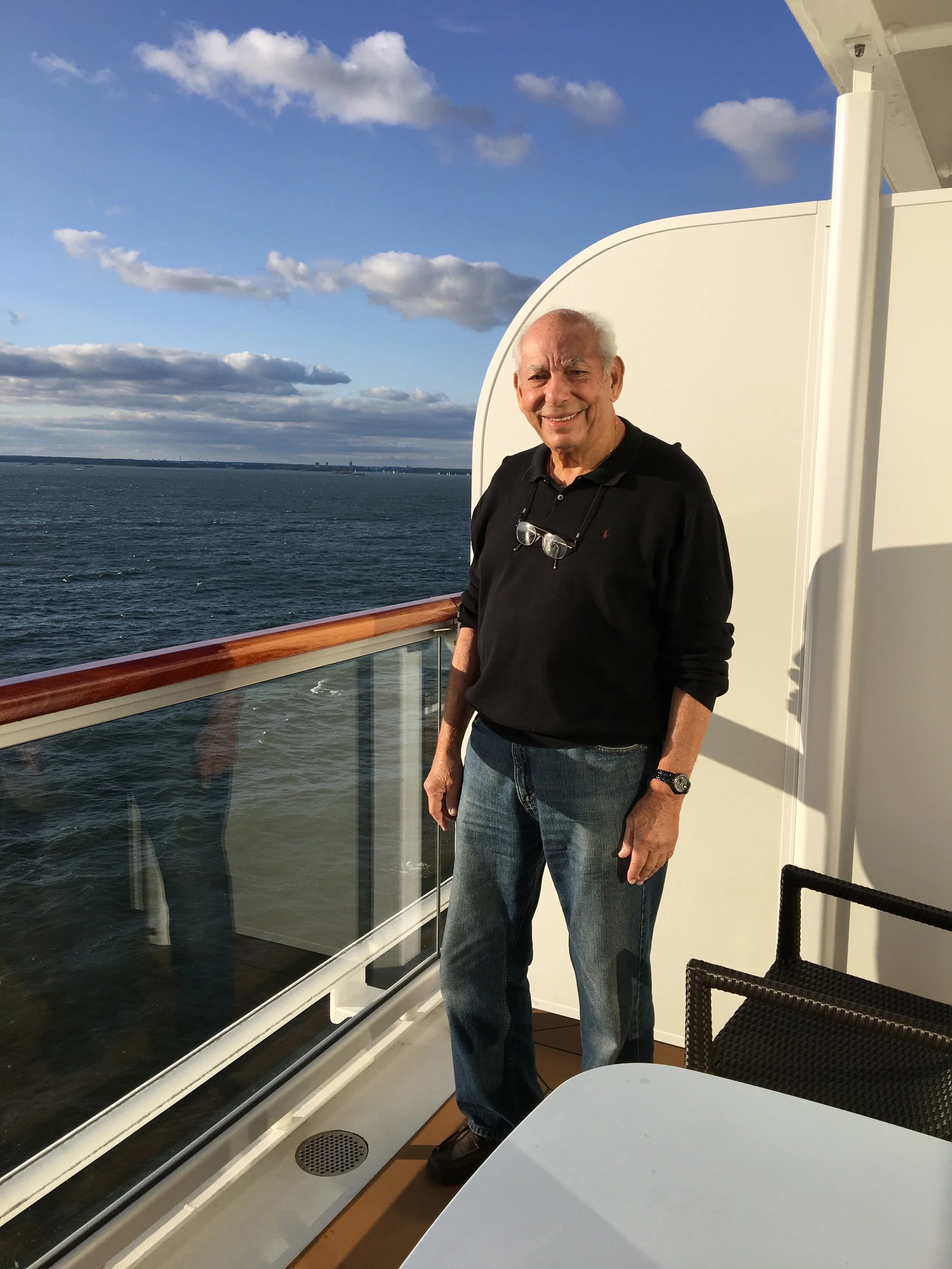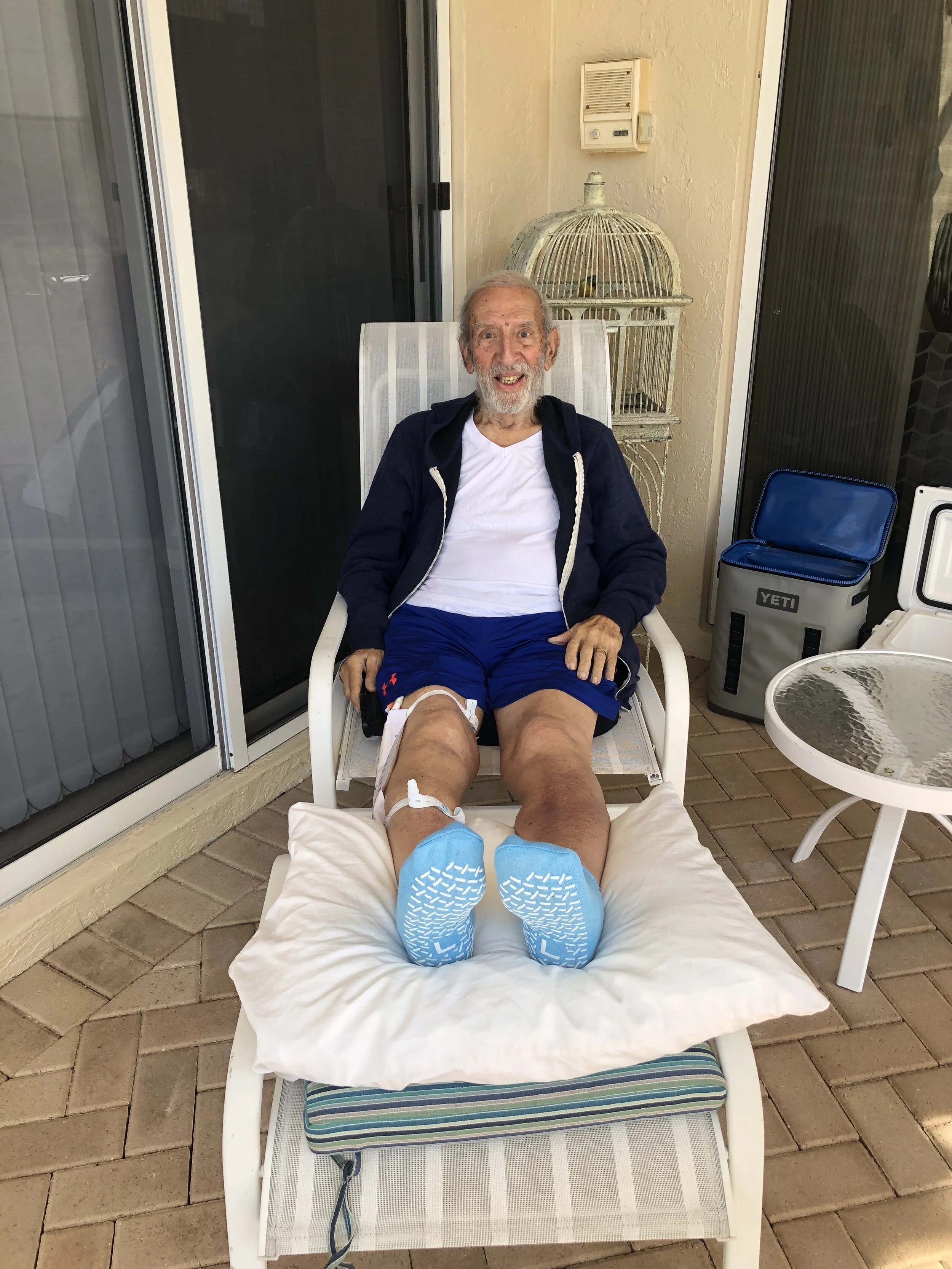How Do We Prepare For Death?
/Healthy children will not fear life if their elders have integrity enough not to fear death.
— Erik H. Erikson
Most of us do not consider this question unless death is imminent.
However, on a recent visit to see my dad, my dad and I did just that.
My dad is a healthy 82 year old man with a happy and active life. He plays a hard game of tennis 3-4 times each week, has a busy social schedule, is planning international vacations and does not have any reason to think that he will die soon.
Yet, on this bright, sunny day, our conversation centered on preparing for death.
When death was more commonplace due to limited medical options, people learned to accept death as a natural process. Communities developed unique ways to prepare for death. Death was seen as a part of the human experience rather than a failure of life.
Children living in these communities were introduced to perspectives about death and dying that emphasized acceptance and understanding rather than avoidance and fear.
My father has prepared his will, assured my sisters and I that he does not fear death, and organized all of his financial affairs so that his passing will not burden those close to him.
In addition to these preparations, he felt that it was imperative to address a more delicate issue with me. He wanted to discuss the point at which he would turn from trying to get “better” and prolonging his life to declining further intervention and allowing nature to take its course.
It is important to him that I clearly understand the ways that he does not want to live, and consider the ways that he would like to prepare himself and his family for his eventual death. He feels that it is essential to discuss these issues openly to prevent uncertainty and release his friends and family from guilt and fear if decisions about his end of life become necessary.
Most of us hope to die with a minimum of suffering, with our faculties intact, and without a prolonged, irreversible period of immobility or inability to feed or dress ourselves. However, “If a person is faced with such a dire prospect,” my father reflected, “there are choices to consider.”
As an example, if surgery or radiation may possibly alleviate a problem or prolong life, but a person is not likely to recover sufficiently to walk or care for himself again, he may choose to reject the surgery/radiation to accept the inevitable. In a near death situation, families may be asked to honor a patient's expressed wish to refuse nutrition.
With advanced techniques and equipment that enable the body to continue to function despite the most serious problems, discussions tend to focus on additional efforts to prolong life instead of the patient's anticipated quality of life.
My father cautioned that each individual needs to identify, as clearly as possible, those aspects of infirmity or ongoing dependence on medical apparatus that define, for her (him), an unacceptable quality of life.
Many years ago, a patient informed me that she was not willing to consider further medical intervention. Her chances of recovery were remote and her illness had already severely compromised her quality of life.
She was not depressed. She had carefully considered her circumstances and weighed her options.
She made the choice to accept her death without fear and regret and approach the time she had left in a manner that maximized her quality of life.
She wasn’t giving up on life. She was preparing for death, and teaching those of us around her to do the same.
She couldn’t control all of the variables, but she did what she could to prepare. She asked me to help her understand what to expect as her disease progressed and expressed her preferences so that her family and I would know how she wanted us to support her if she faced these situations.
As we discussed palliative and hospice care, she informed me of her priorities so that a nourishing support network that best met her requests of independence and clarity of mind could be organized.
She was concerned that as she declined, she would be unable to continue to be an advocate for her choices, and asked me to assume this role so that her daughters did not have to take on this responsibility.
Once she was convinced that I was carefully listening to her requests and committed to working with her to develop her plan for the end of her life, she relaxed. She was able to focus her energy on staying balanced and happy as she maneuvered through the myriad of emotions and sensations during the last few months of her life.
She was calm and alert as she helped her children understand her decision, embrace the time that they had left together and prepare for a life without her.
I remember asking her if she was afraid. The confidence with which she expressed “No” took me a bit by surprise, and illustrated to me that I myself had not yet come to terms with the acceptance of death.
This patient was peaceful as she faced death and this peacefulness extended to all of those around her.
She taught me that while physicians are trained to provide patients with all available resources to help them heal and extend their lives, we must also educate ourselves about the ways to best support patients who decide to forgo medical intervention and prepare for the end of their life.
She taught me that both options, committing to intensive medical care to extend life, and opting to go without this care and prepare for death, are personal decisions that require great courage, and deserve respect and support.
When a patient is facing a life threatening illness, I must be willing to provide a clear explanation of what the patient can expect as debility progresses (with or without intervention), and acquaint her (him) with available end-of-life options such as palliative and hospice care so that each patient can find her (his) balance between prolonging life and accepting death.
She also showed me that patients can explore their own death with a calm and clear mind, and as they develop their unique approach to the end of their life, much of the fear and loss of control associated with the end of life can be replaced with feelings of closure and peace.
Finally, this patient and my father emphasized to me that as a physician, I must explore my own feelings about death and dying so that I am better prepared to help others do so.
When my father eventually faces death, he will have clearly expressed his feelings to those close to him, clarified his wishes for his medical care, explored various options and considered his emotional reaction to the news that he does not have long to live.
He will have prepared to die, thus allowing him to live more fully, without the fear of being blindsided, without the worry of leaving his family and friends emotionally unprepared, and with assurance that with a clear mind, he taught us to see death as a part of life for which we all may want to prepare.
Let children walk with Nature, let them see the beautiful blendings and communions of death and life, their joyous inseparable unity, as taught in woods and meadows, plains and mountains and streams of our blessed star, and they will learn that death is stingless indeed, and as beautiful as life.
— John Muir
